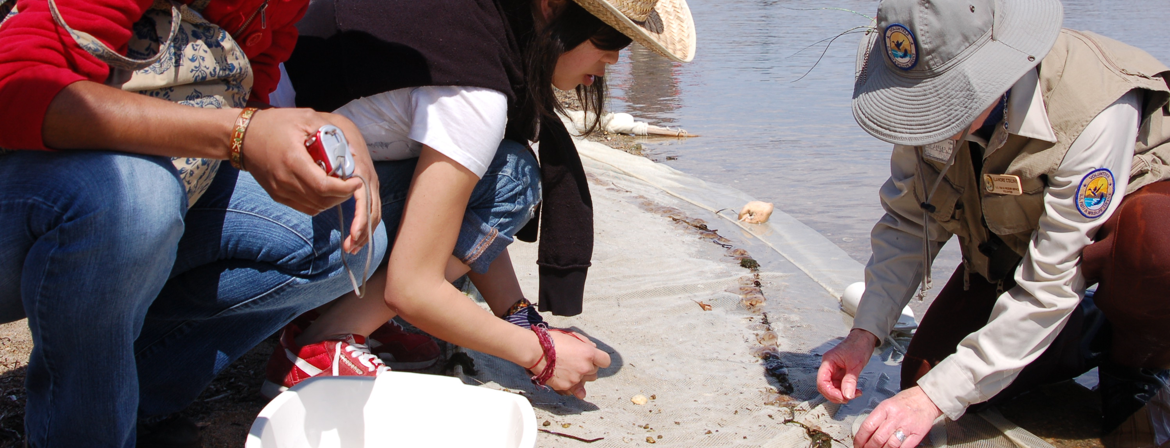Household Actions Can Provide a Behavioral Wedge to Rapidly Reduce US Carbon Emissions
Dietz, T., Gardner, G.T., Gilligan, J., Stern, P.C., Vandenbergh, M.P. (2009). Household actions can provide a behavioral wedge to rapidly reduce US carbon emissions. Proceedings of the National Academy of Sciences of the United States of America, 106(44), 18452-18456.
How Influential is the Auditor? Determinants of Sales Effectiveness in Energy Conservation Programs
Brown, M. A., Berry, L. G., White, D. L. & Trumble, D. (1988). How influential is the auditor? Determinants of sales effectiveness in energy conservation programs. Energy Systems and Policy, 12, 135-149.
Fleet Conversion in Local Government: Determinants of Driver Fuel Choice for Bi-Fuel Vehicles
Johns, K., Khovanova, K., & Welch, E. (2009, May). Fleet conversion in local government: Determinants of driver fuel choice for bi-fuel vehicles. Environment and Behavior, 41(3), 402-426.
Behavioral Commitment to Environmental Protection: A Study of Active and Nonactive Members of the Sierra Club
Manzo, L. C., & Weinstein, N. D. (1987). Behavioral commitment to environmental protection: A study of active and nonactive members of the Sierra Club. Environment and Behavior, 19, 6, 673-694.
Social Marketing for the Environment: Using Information Campaigns to Promote Environmental Awareness and Behavior Change
Maibach, E. (1993). Social marketing for the environment: Using information campaigns to promote environmental awareness and behavior change. Health Promotion International, 8, 3, 209-224.
Resource Recovery: Use of a Group Contingency to Increase Paper Recycling in an Elementary School
Hamad, C. D., Cooper, D. & Semb, G. (1977). Resource recovery: Use of a group contingency to increase paper recycling in an elementary school. Journal of Applied Psychology, 62, 6, 768-772.
Soap Opreas for Social Change: Toward a Methodology for Entertainment-Education Television
Nariman, H. N. (1993). Soap opreas for social change: Toward a methodology for entertainment-education television. (pp. 143). Westport, CT: Praeger.
Smarter Choices: Assessing the Potential to Achieve Traffic Reduction Using 'Soft Measures'
Cairns, S., Sloman, L., Newson, C., Anable, J., Kirkbride, A., Goodwin, P. (2008). Smarter choices: Assessing the potential to achieve traffic reduction using 'Soft measures'. Transport Reviews, 28(5), 593-618.
What's the Catch? Reducing Consumption of Contaminated Fish Among Anglers
Jonick, T., Anderson, E. L., Lin, S., Bruni, C. M., Schultz, P., Groner, S., et al. (2010). What's the Catch? Reducing Consumption of Contaminated Fish Among Anglers. Social Marketing Quarterly, 16(1), 32-51.
Changing Homeowners' Behaviors Involving Toxic Household Chemicals: A Psychological, Multilevel Approach
Werner, C., & Adams, D. (2001). Changing homeowners' behaviors involving toxic household chemicals: A psychological, multilevel approach. Analyses of Social Issues and Public Policy (ASAP), 1(1), 1-32.



